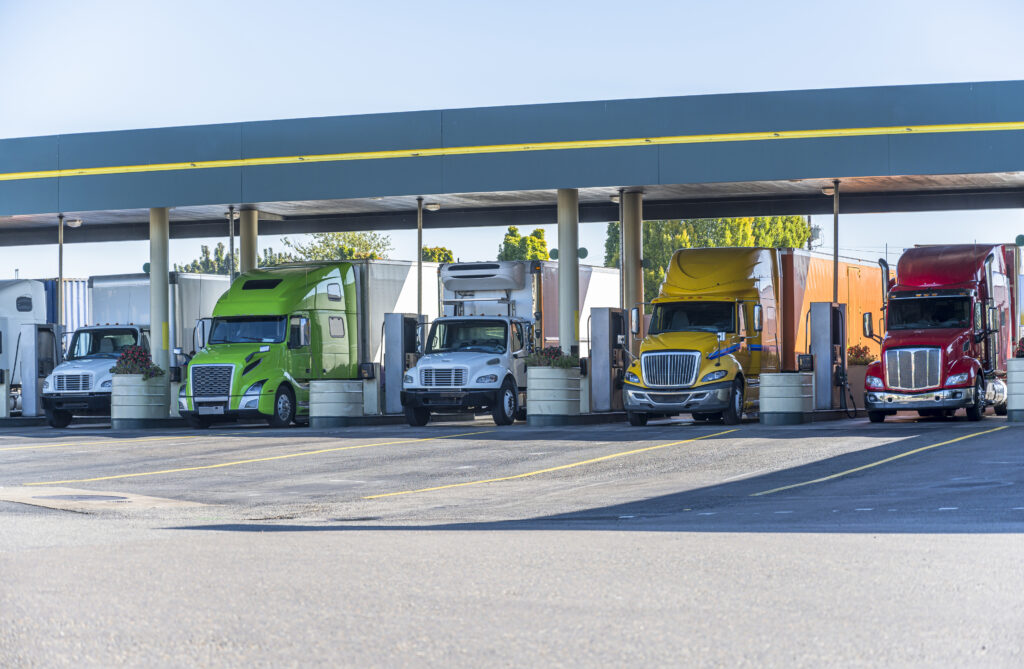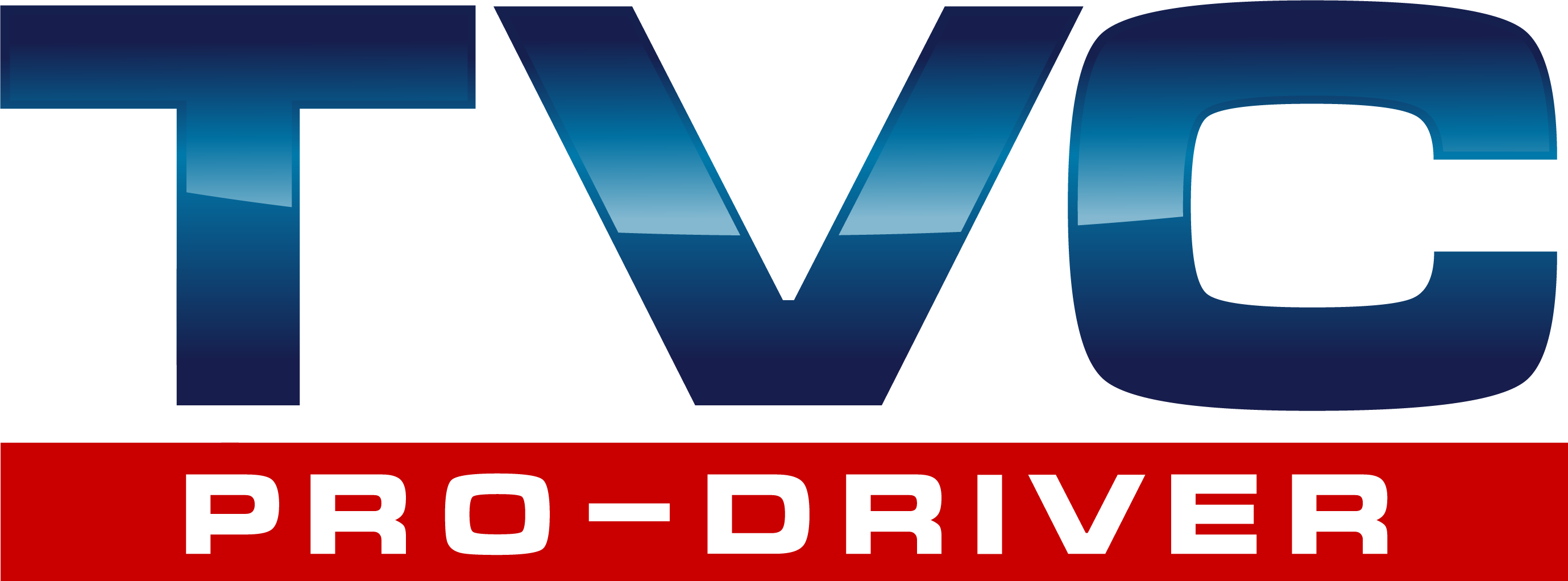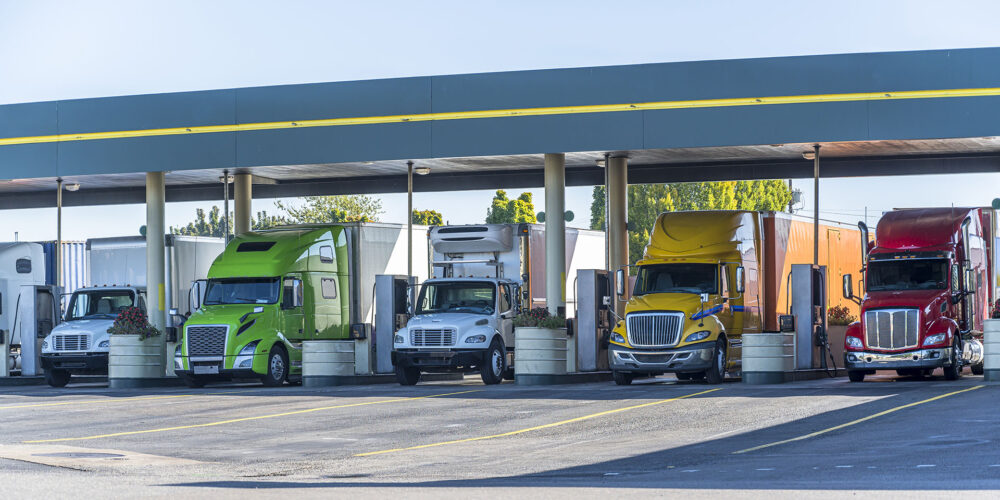
Rising fuel prices are costing drivers as much as $1 per mile — this is a major expense that simply isn’t sustainable, and we know fleet managers need help keeping costs down. Below are seven tips for optimizing your fleet’s fuel consumption to protect your bottom line.
Reduce Engine Idling
According to the U.S. Department of Energy, idling can use a quarter to a half-gallon of fuel per hour (depending on engine size and air conditioner use), adding up to three cents of wasted fuel per minute. Encourage drivers to turn off their engines when stuck in traffic and when parked for more than 10 seconds to preserve precious fuel.
Monitor Driver Behavior with Telematics
The U.S. Department of Transportation notes driver behavior as the single biggest factor in improving fuel efficiency — in fact, there can be as much as a 35% difference in fuel consumption between a conservative driver and an aggressive driver. Fleet-tracking technologies, or telematics, can monitor driving techniques like braking and acceleration patterns to help fleet managers gain insight into their fleet’s fuel costs and expense-per-mile.
Implement a Safety Incentive Program
Safe driving habits, such as observing speed limits and accelerating gradually, reduce fuel consumption. A safety incentive program can reduce costs in a myriad of ways and also help with driver retention.
Prioritize Vehicle Maintenance
If you only tune-up your vehicles when they break, you’re basically throwing money out the window. Reactive maintenance can result in costly breakdowns, wasted drive time, disrupted delivery schedules and higher fuel costs. For example, according to the U.S. Department of Energy, a properly tuned engine can help increase fuel mileage by an average of 4%.
Check Tire Pressure Regularly
The U.S. Department of Energy says keeping tires inflated to the proper pressure can improve fuel mileage by an average of 0.6%, and sometimes up to 3%. Under-inflated tires can reduce mileage by about 0.2% for every 1 PSI drop in tire pressure. Checking your fleet’s tire pressure regularly will reduce fuel costs and tire costs.
Encourage Driving During Off-Peak Hours
Rush hour traffic can significantly increase travel time, and stop-and-go traffic typical of rush hour is particularly bad for fuel-efficiency. Encouraging your fleet to drive during early mornings/late evenings will result in less idling, reduced fuel consumption and fewer hours stuck in rush hour or construction-related traffic.
Reduce Unnecessary Weight
Fact: an extra 100 pounds on a truck can increase fuel costs by up to $0.03 per gallon. This may seem like a minuscule amount, but cross-country drivers who rack up the miles will quickly see these costs add up. Never load up vehicles with more than what’s required for each specific trip.
By Nick Hillesheim, TVC Pro-Driver Chief Sales Officer













